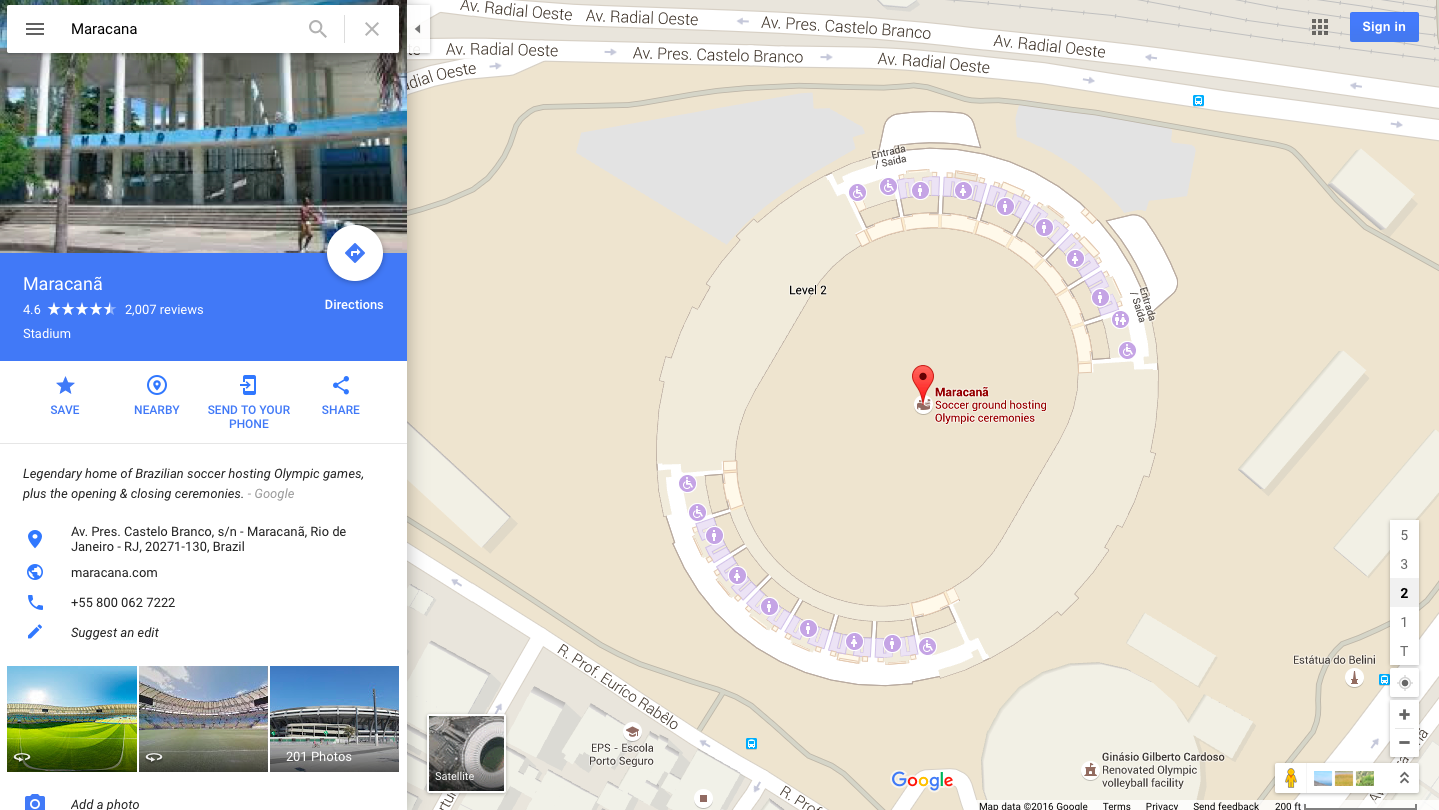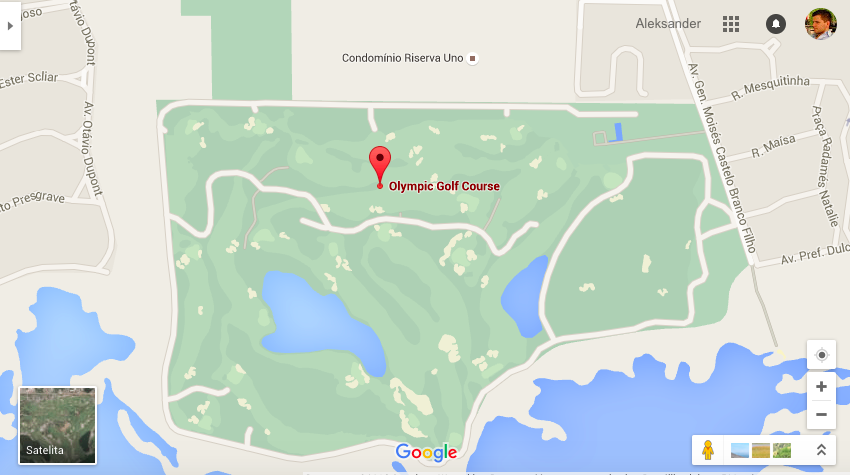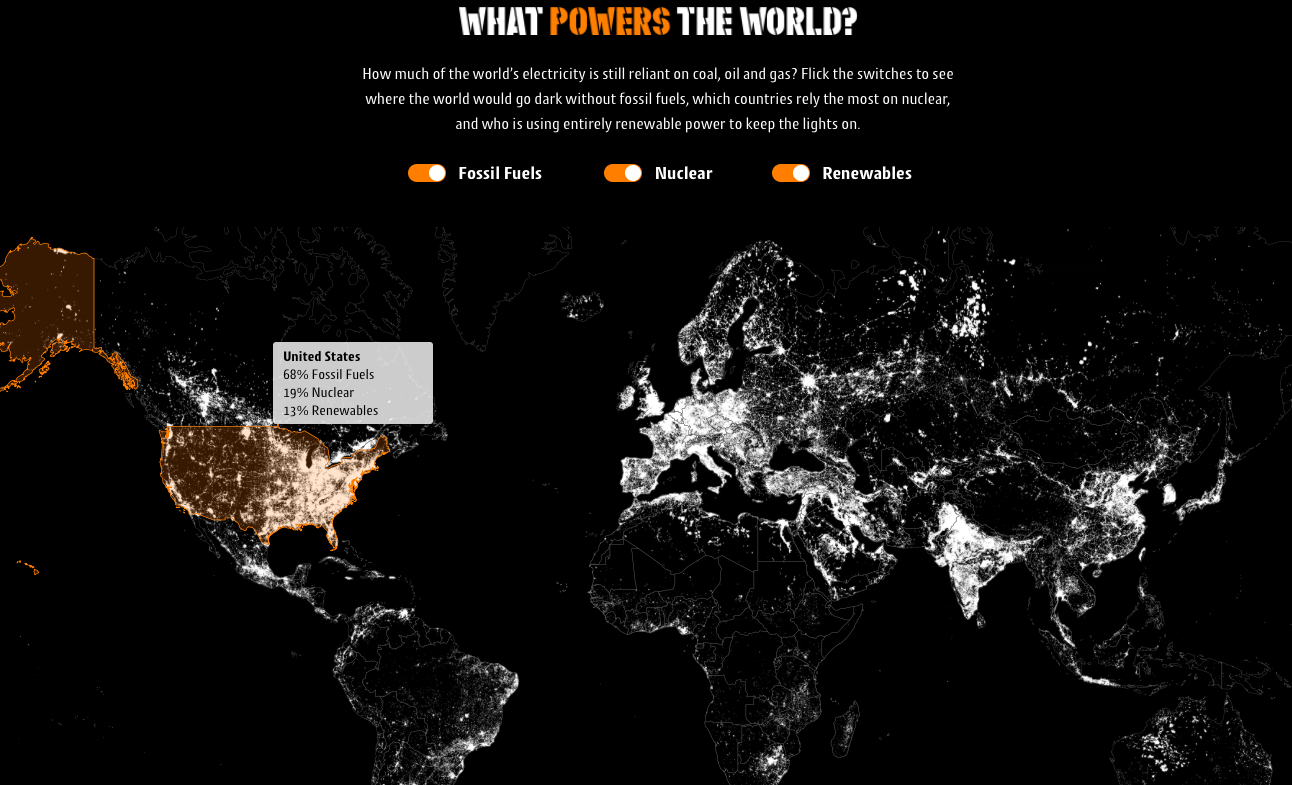
Google Maps adding indoor plans of the Rio Olympic venues

The biggest sporting event on the planet is coming to Rio de Janeiro in August. 10.000 athletes and over half a million travellers are excepted to visit Brasil for the 2016 Olympic Games. Finding your way between 33 olympic venues scattered around the city (and the country) will not be easy but if you’re planning to visit Rio this year Google prepared for you something really useful.
Yesterday the company published indoor maps for 25 official indoor venues and enhanced outdoor maps of 12 official outdoor venues, where you’ll find places like restrooms, concession stands, info desks and ATMs among others. A few weeks ago Google also launched real-time transit service in Rio that will help users travel around the city. Good job!
If you happen to be around Rio anytime soon let us know how it worked.









